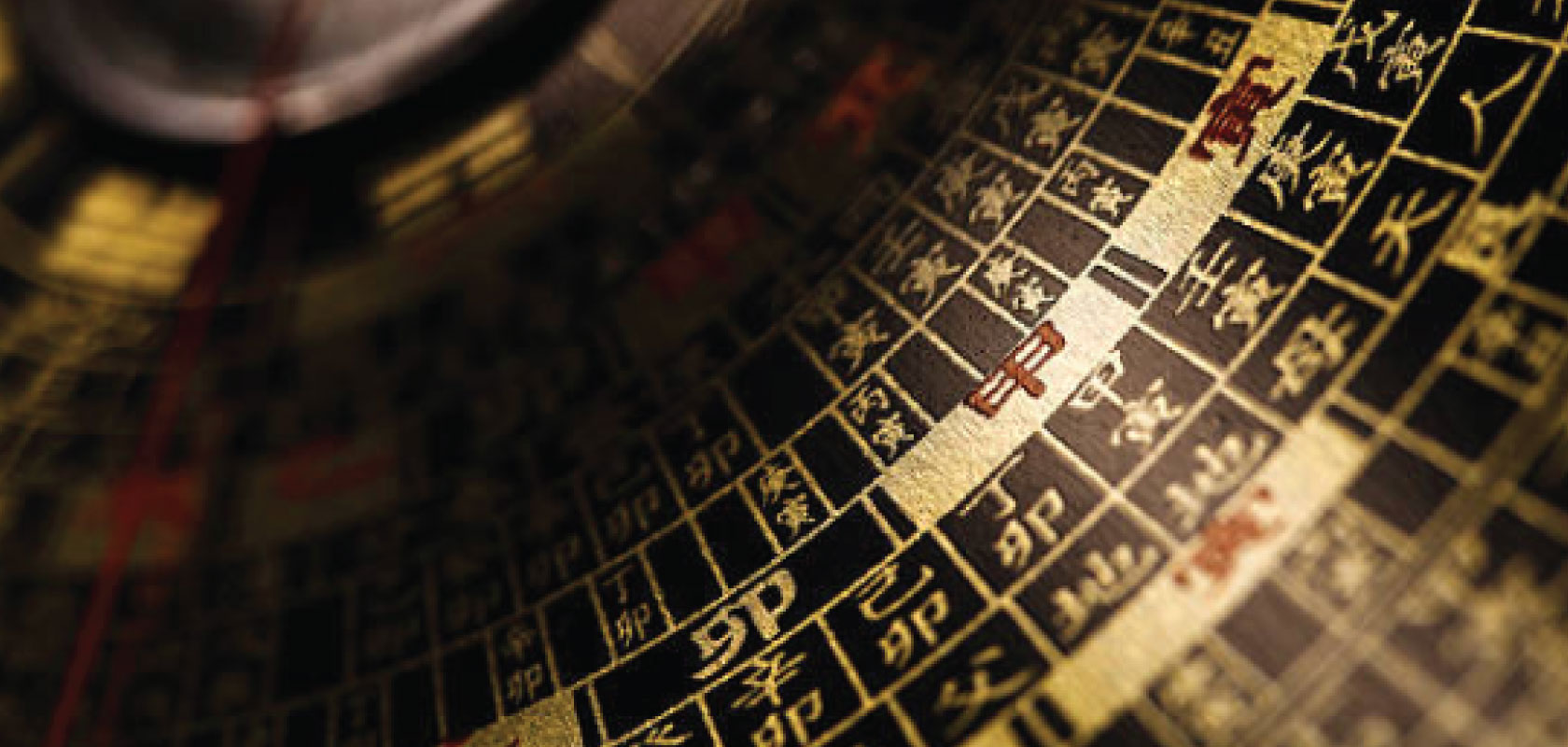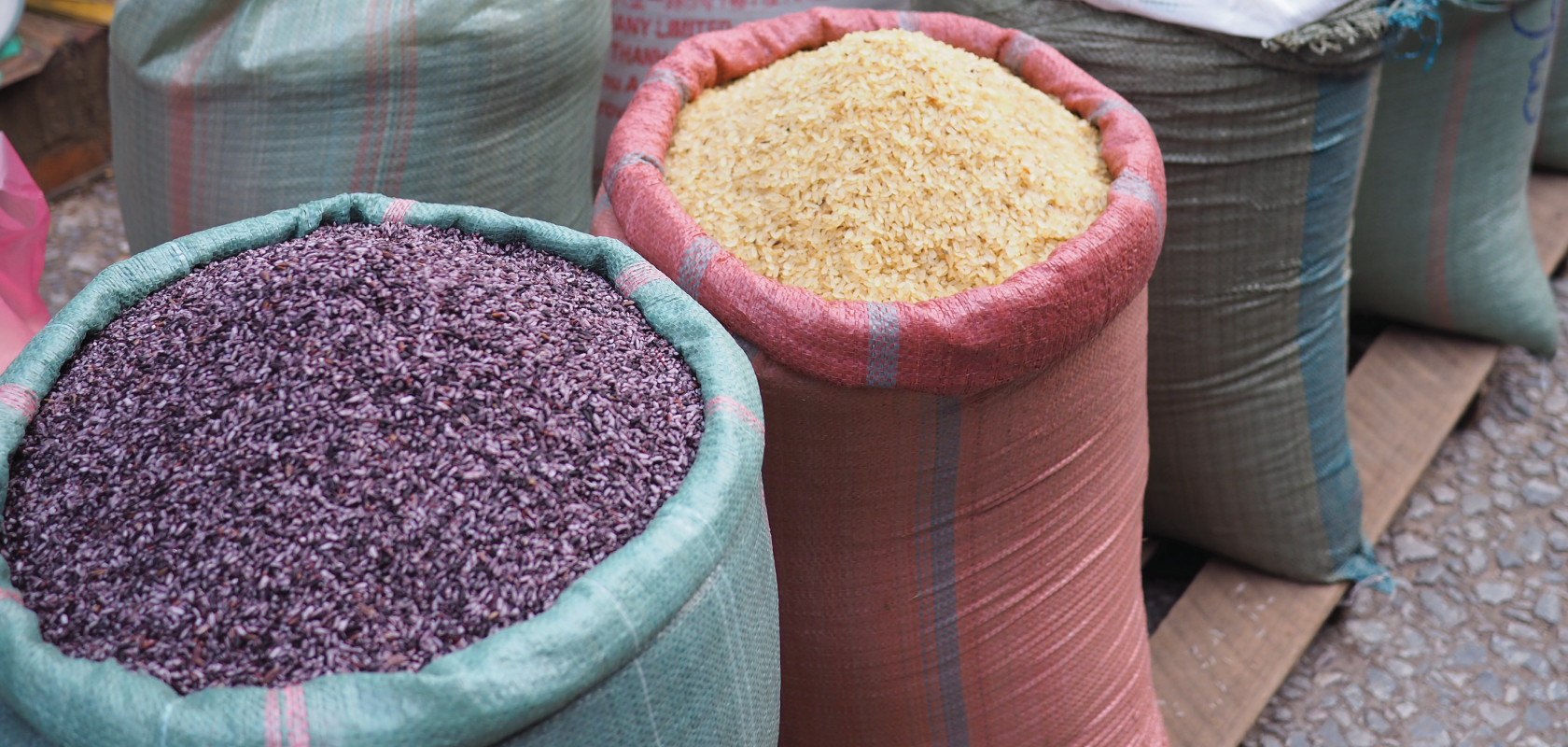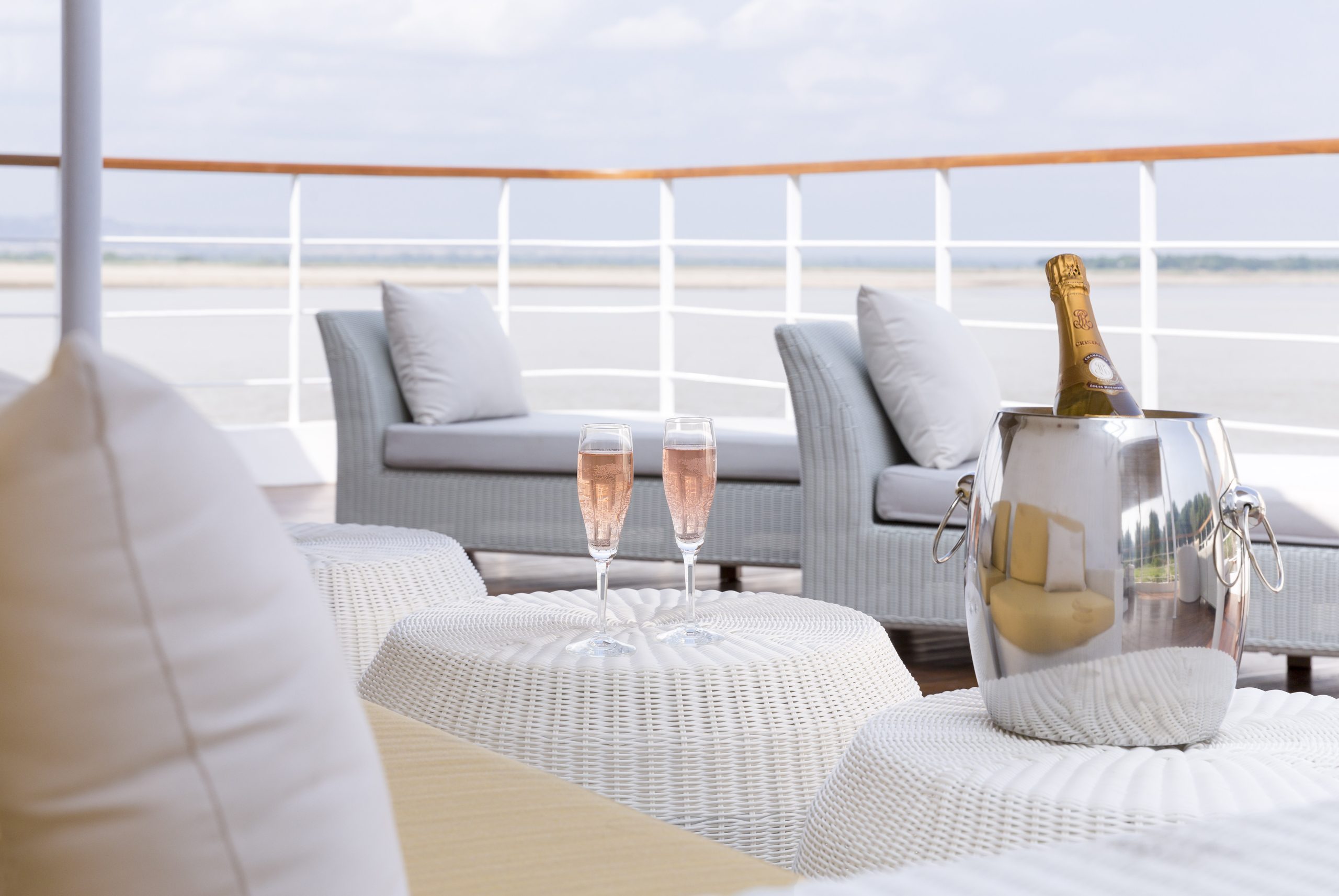Feng shui
You’ve heard the term ‘feng shui’ before but do you really know what it is? Feng shui, meaning ‘wind and water’, is the practice of designing our built environment to ensure the optimum flow of energy, or qi. Feng shui is widely used across Asia in the orientation of buildings, landmarks, home interiors and even burial sites.
Originating from Chinese astronomy, the history of feng shui dates back over 3,500 years. While the traditional practice is still used, other branches and schools of feng shui have also emerged over the years.
[showimage url1=”https://dth.stagingurls.com/wp-content/uploads/2019/06/FengShui-for-beginner1.jpg” url2=””]
The five elements of qi
Feng shui focuses on the energetic properties of five elements – water, wood, fire, earth and metal. Water is descending energy, wood is an expansive energy, fire is an ascending energy, the earth is a rotating energy, and metal is contracting, controlling and condensing. Every individual is born under one of these elements. Like astrological signs, they each come with character traits. Additionally, all colours, textures, shapes and forms have a corresponding element. The goal of feng shui is to harmonise all these elements within an environment to enhance the flow of positive energy.
Feng Shui Cures
Feng shui cures are objects that can be added to an interior to enhance its qi. The placement of cures within a space is particularly important and it is advised to move such objects if negative results occur. Fish tanks, fountains and water features introduce the water element while mirrors and wind chimes are used to represent metal. Houseplants represent both wood and earth which counteract negative financial issues and promote health and well-being.
Finding Harmony in Feng Shui Although a cosmopolitan city, Singapore still retains much of its culture and tradition and now curious travellers can explore the important role feng shui plays in the city’s architecture and infrastructure. From 19th century cemeteries to modern-day skyscrapers, it is important that the appearance and placement of structures are not only aesthetic but also auspicious.
Diethelm Travel’s local feng shui specialists are able to show guests firsthand how ancient art still plays a central role throughout today’s modern metropolis, particularly when it comes to building and city planning. For an interesting look at the city, travellers begin with a stroll through a Hakka cemetery built in the 1800s to learn how and why feng shui is applied to select the final resting place of one’s ancestors. Next, it’s time to drive down Orchard Road, Singapore’s centre of commerce and business, to see how buildings have been constructed to ensure prosperity and good fortune. From there, it’s on to Shuang Lin Temple, where a semi-circular pond with nine dragon heads spouting water, or ‘shui’, is believed to deflect the negative energy coming from a nearby highway. The last stop of the day is one of Singapore’s most iconic sites, the Marina Bay Sands, to learn how the structure of the three buildings has been specifically placed to enhance positive energy in the bustling financial district.
To learn more about this feng shui-focused excursion in Singapore, please contact our team at info@sg.diethelmtravel.com.


